CARING WITH FAMILY
|
| The level of fondness a particular breed is expected to display towards its family members as well as individuals they are familiar with. Certain breeds tend to be distant and disinterested with everyone except their owners while others exhibit a friendly demeanor towards everyone, they are acquainted with treating them like their closest companion. |
LOVE WITH CHILDREN
Unwise
Good With Children
|
| The extent to which a breed is able to tolerate and be patient with the behavior of children as well as their overall inclination to be well-suited for families. It is crucial to provide constant supervision when dogs are around young children or those who have limited familiarity with dogs regardless of the breed's reputation. |
BEHAVIOR WITH DOGS
Unwise
Good With Other Dogs
|
| The inherent friendliness a breed tends to exhibit towards other dogs, both in familiar settings and in public. While it is important to closely supervise and manage dogs during interactions and introductions with other dogs, certain breeds are naturally more inclined to get along with their canine counterparts. |
SHEDDING LEVELS & MANAGEMENT
No Shedding
Hair Everywhere
|
| The amount of fur and hair that a breed typically sheds. Breeds that have a higher shedding tendency will necessitate more frequent brushing to manage their fur and they may also have a greater potential to cause allergies. Additionally, these breeds often require more regular attention to vacuuming and using lint rollers to keep their surroundings free of loose hair. |
COAT GROOMING STANDARDS
|
| The frequency at which a breed requires bathing, brushing , trimming and other forms of coat maintenance. It is essential to consider the time, patience and budget available for grooming when assessing these needs. Regular nail trimming is necessary for all breeds. |
DROOLING INTENSITY
Less Likely to Drool
Always Have a Towel
|
| The tendency of a breed to drool. If you prefer cleanliness and are particular about avoiding slobber on your clothes or furniture breeds that are prone to leaving ropes of drool on your arm or significant wet spots on your clothing may not be the best choice for you. |
COAT STYLES GUIDE |
| Smooth |
| COAT SPECTRUM |
| Short |
FRIENDLINESS
Reserved
Everyone Is My Best Friend
|
| The level of friendliness a breed typically exhibits towards strangers. Some breeds tend to be reserved or cautious around unfamiliar individuals regardless of the setting, while others are generally more eager to meet and interact with new people whenever the opportunity arises. |
LIVELINESS
Only When You Want To Play
Non-Stop
|
| The level of enthusiasm a breed typically demonstrates towards play even beyond the puppy stage. Some breeds continue to enjoy activities like tug-of-war or fetch well into their adult years maintaining a strong desire for playtime. Meanwhile, other breeds may be content to spend most of their time relaxing on the couch with their owners rather than actively engaging in playful activities. |
VIGILANCE INTENSITY
What's Mine Is Yours
Vigilant
|
| The inclination of a breed to alert its owners when strangers are in the vicinity. These breeds are more likely to react to any potential threat be it the arrival of the mailman or the presence of a squirrel outside a window. However, they are also prone to becoming more accepting of strangers who enter the house and are welcomed by their family. |
ADAPTATION CAPACITY
Lives For Routine
Highly Adaptable
|
| The adaptability of a breed in handling changes including variations in living conditions, noise levels weather daily schedules and other fluctuations in day-to-day life. Some breeds are more flexible and capable of adjusting to new environments and routines with relative ease while others may struggle more with change and require more time and support to adapt to different circumstances. |
OBEDIENCE LEVEL
Self-Willed
Eager to Please
|
| The ease of training a particular breed and the willingness of the dog to learn new things. Some breeds are inherently more trainable and have a strong desire to please their owners, making them eager to learn and follow commands. On the other hand certain breeds may have a more independent nature preferring to do what they want when they want and where they want, making training more challenging and requiring additional patience and effort. |
STAMINA LEVEL
|
| The level of exercise and mental stimulation that a breed typically requires. High-energy breeds are often ready and eager for various activities constantly seeking new adventures. They enjoy running, jumping, and playing throughout the day. Meeting their exercise needs is vital for their well-being. On the other hand, low-energy breeds tend to be more laid-back and content with leisurely activities. They are comfortable with lounging around and snoozing, requiring less intense exercise and mental stimulation. |
VOCALIZATION
|
| Infrequent |
LEARNING CURIOSITY LEVEL
Happy to Lounge
Needs a Job or Activity
|
| Determining the extent of mental stimulation necessary for a particular breed to maintain its overall well-being and contentment is crucial. Dogs bred with specific purposes in mind may possess a range of jobs that necessitate decision-making, problem-solving, concentration, and other desirable traits. However, if they do not receive adequate mental exercise, they may resort to inventing their own activities to occupy their minds. Unfortunately, these self-created projects may not align with your preferences. |
| COLORS |
|
DESCRIPTION
|
REGISTRATION CODE
|
|
Fawn
|
082
|
|
Red
|
140
|
|
Brindle
|
057
|
|
Sandy
|
168
|
|
White
|
199
|
|
Black
|
007
|
|
Blue
|
037
|
|
Brown
|
061
|
|
Gray
|
100
|
|
Cream
|
076
|
|
| PATTERNS |
|
DESCRIPTION
|
REGISTRATION CODE
|
|
Fawn
|
082
|
|
Red
|
140
|
|
Brindle
|
057
|
|
Sandy
|
168
|
|
White
|
199
|
|
Black
|
007
|
|
Blue
|
037
|
|
Brown
|
061
|
|
Gray
|
100
|
|
Cream
|
076
|
|
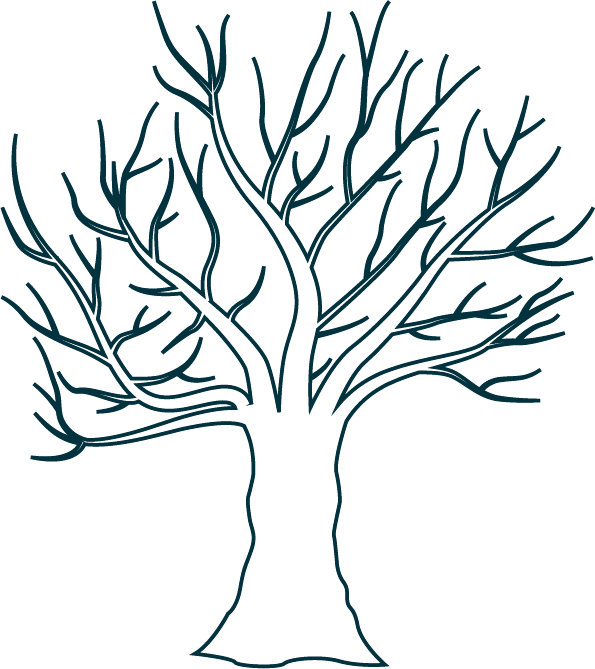

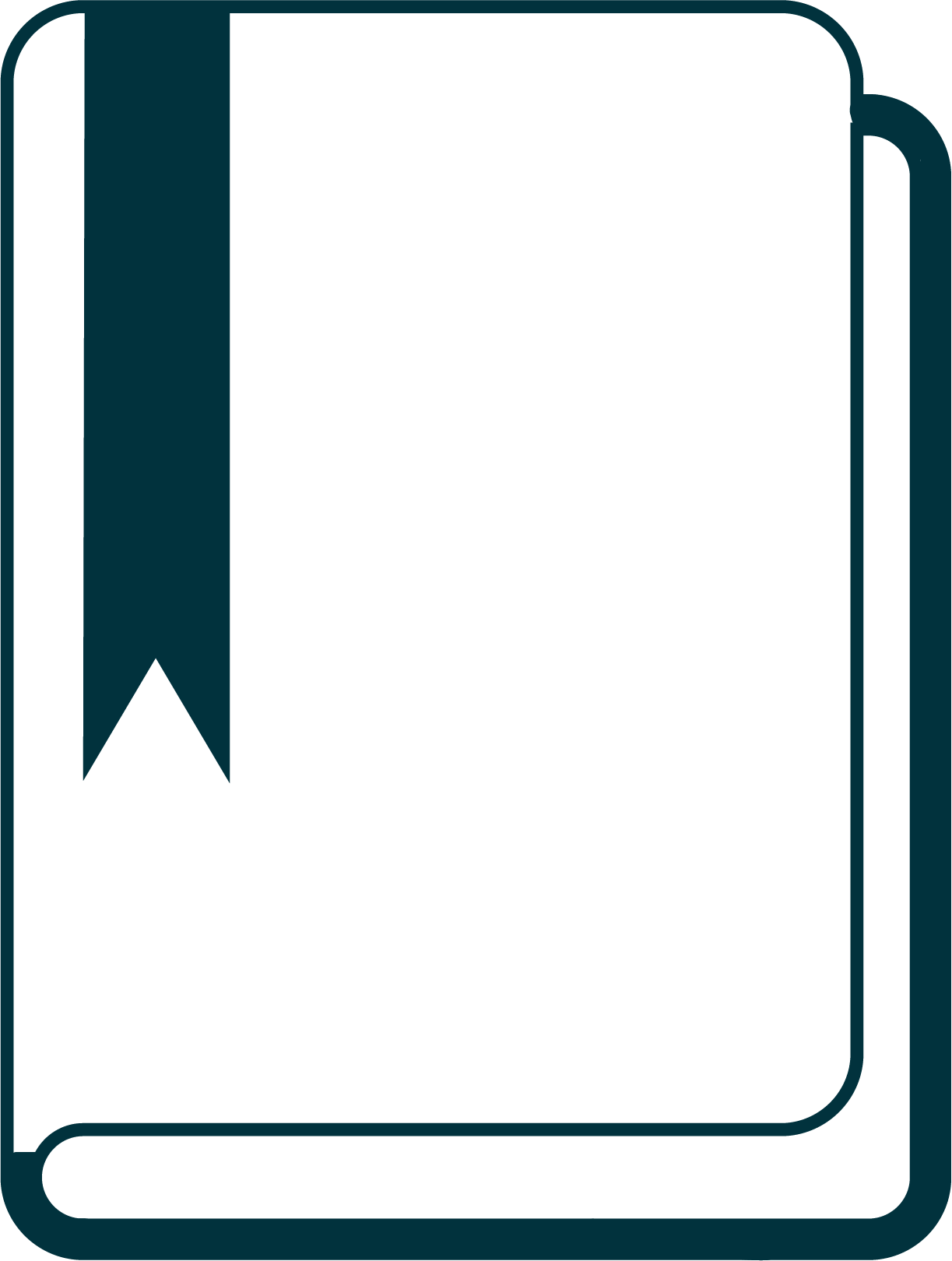
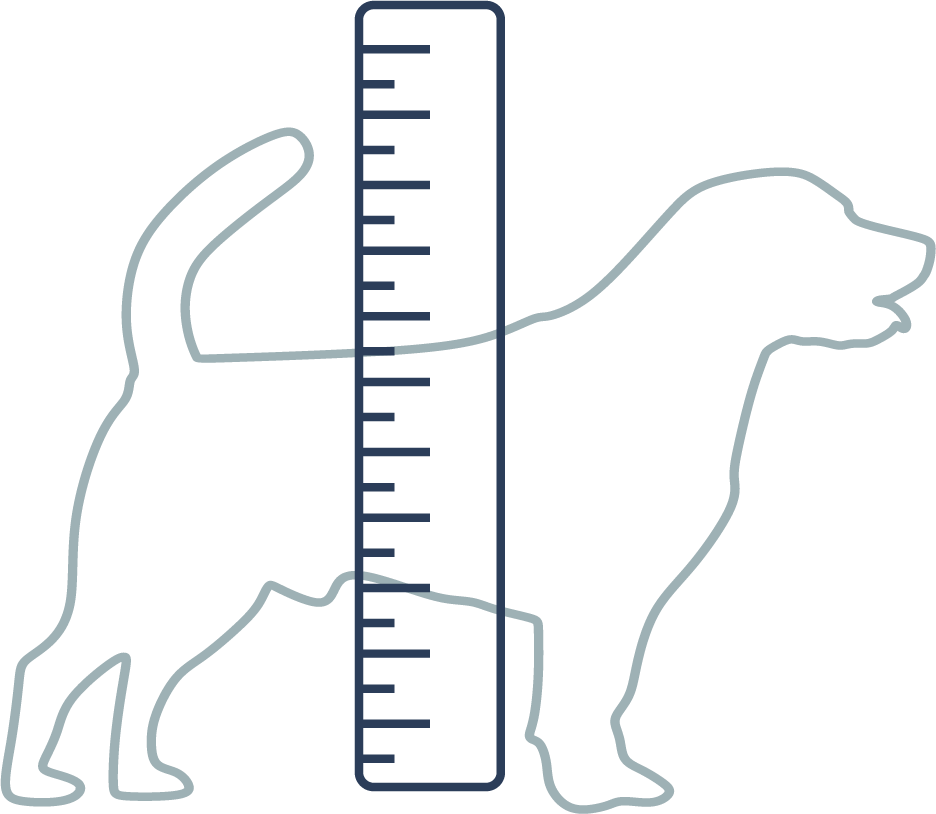


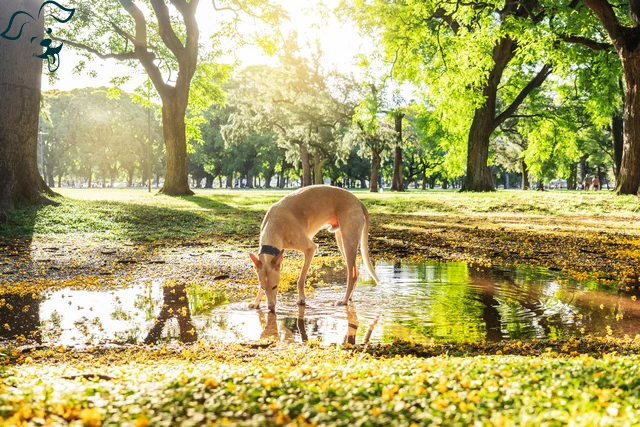
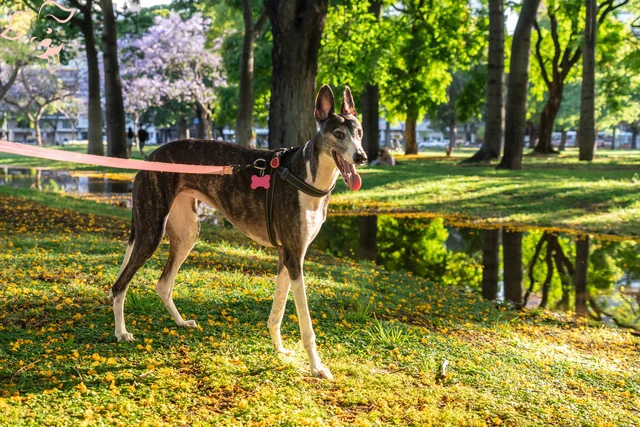
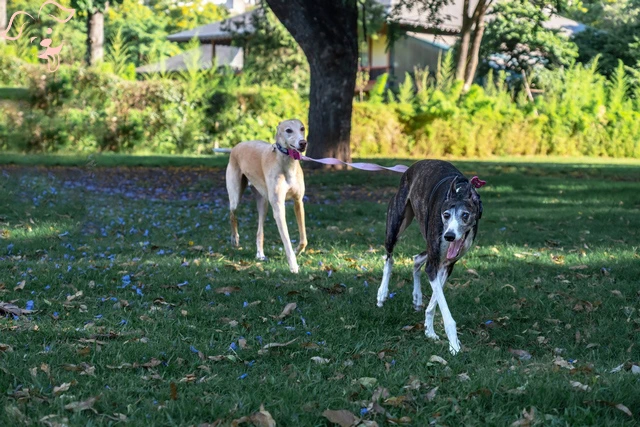
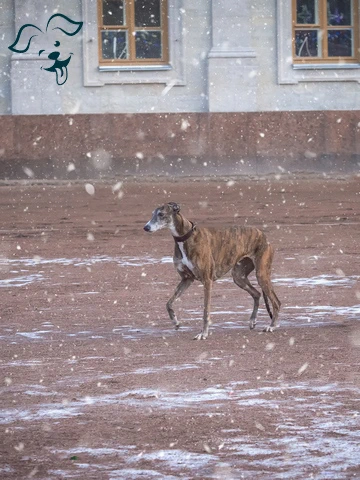

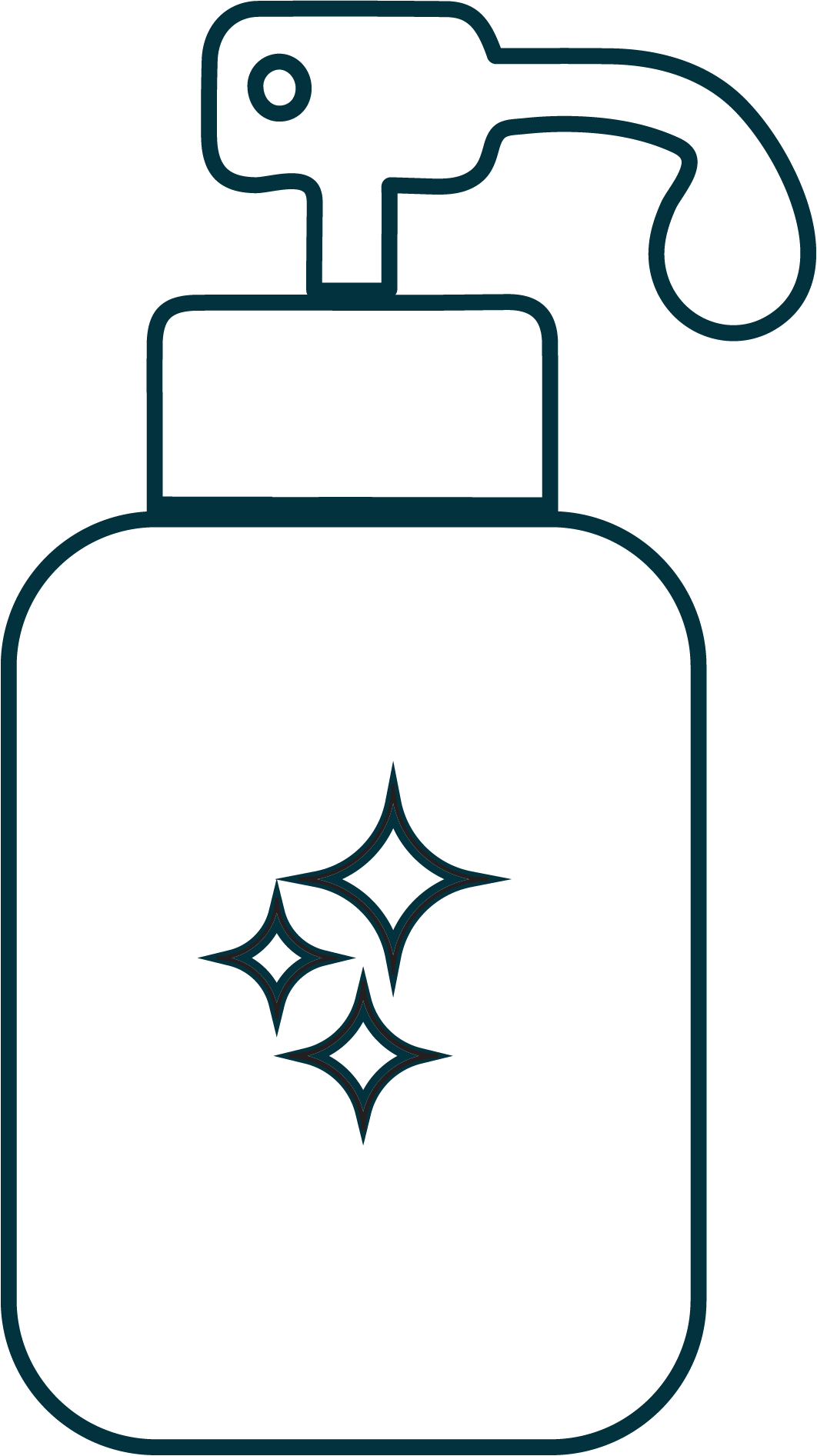

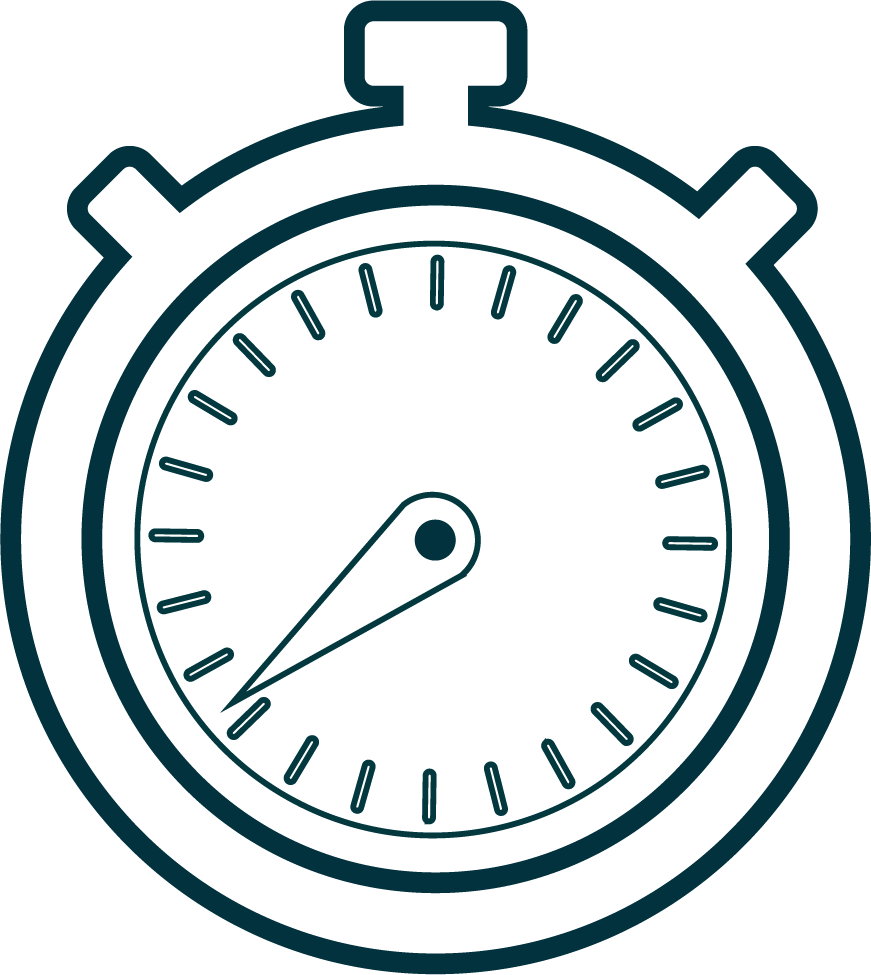


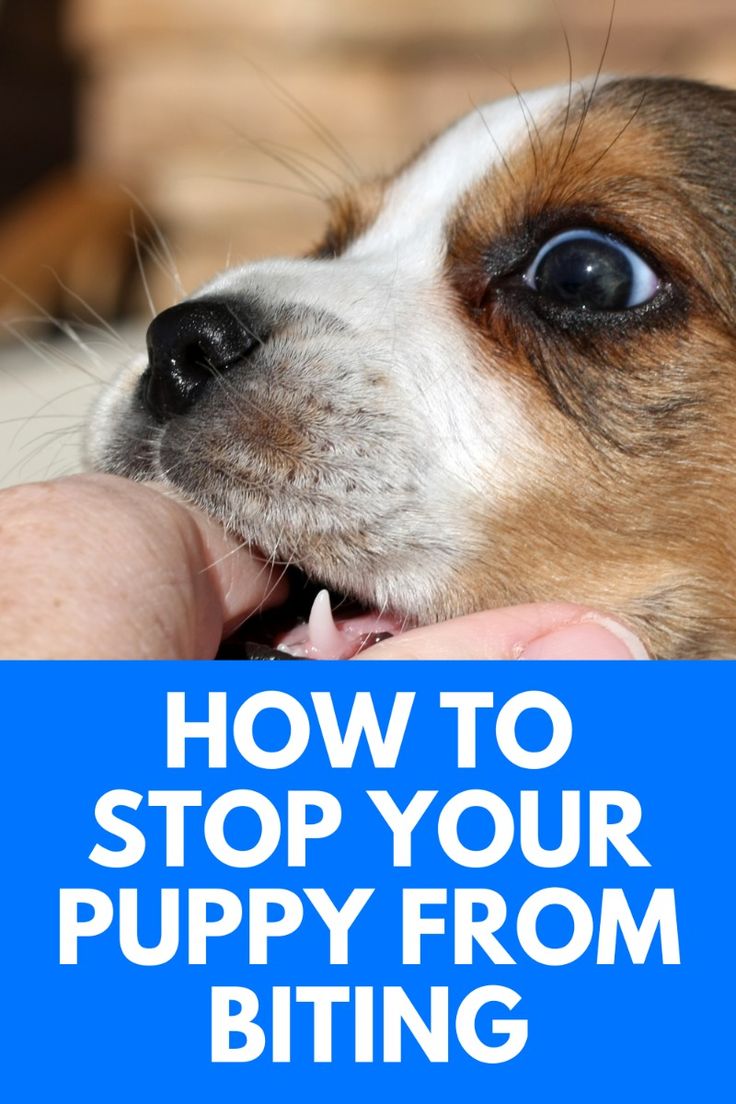
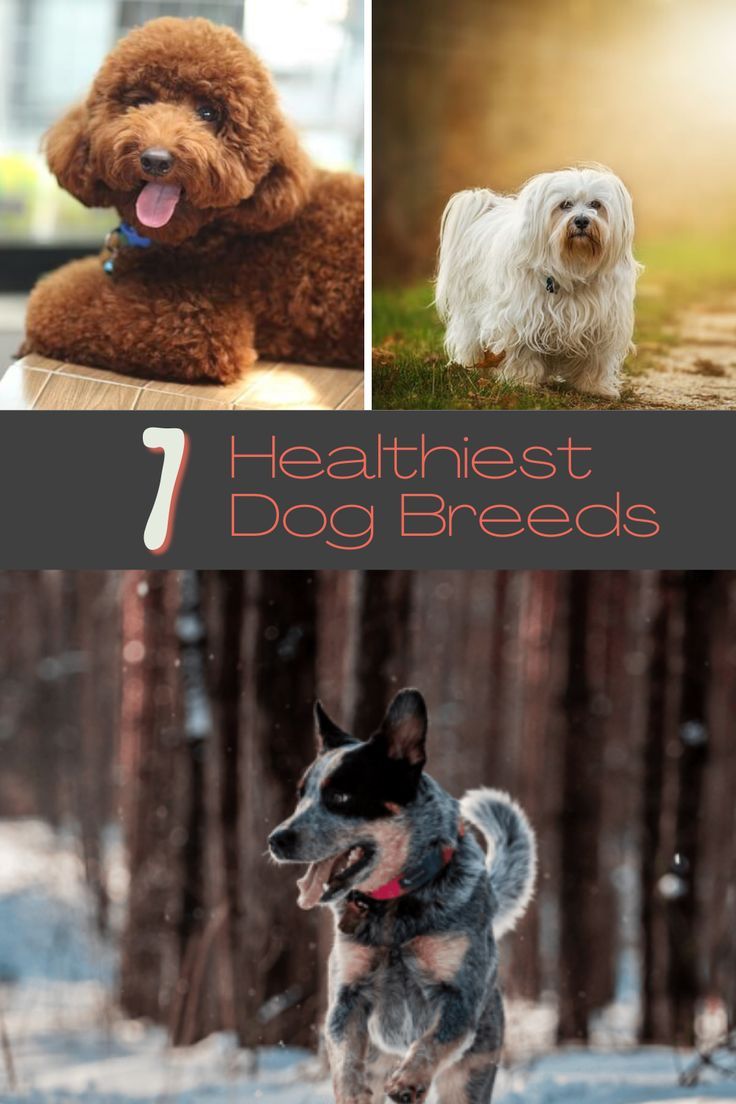

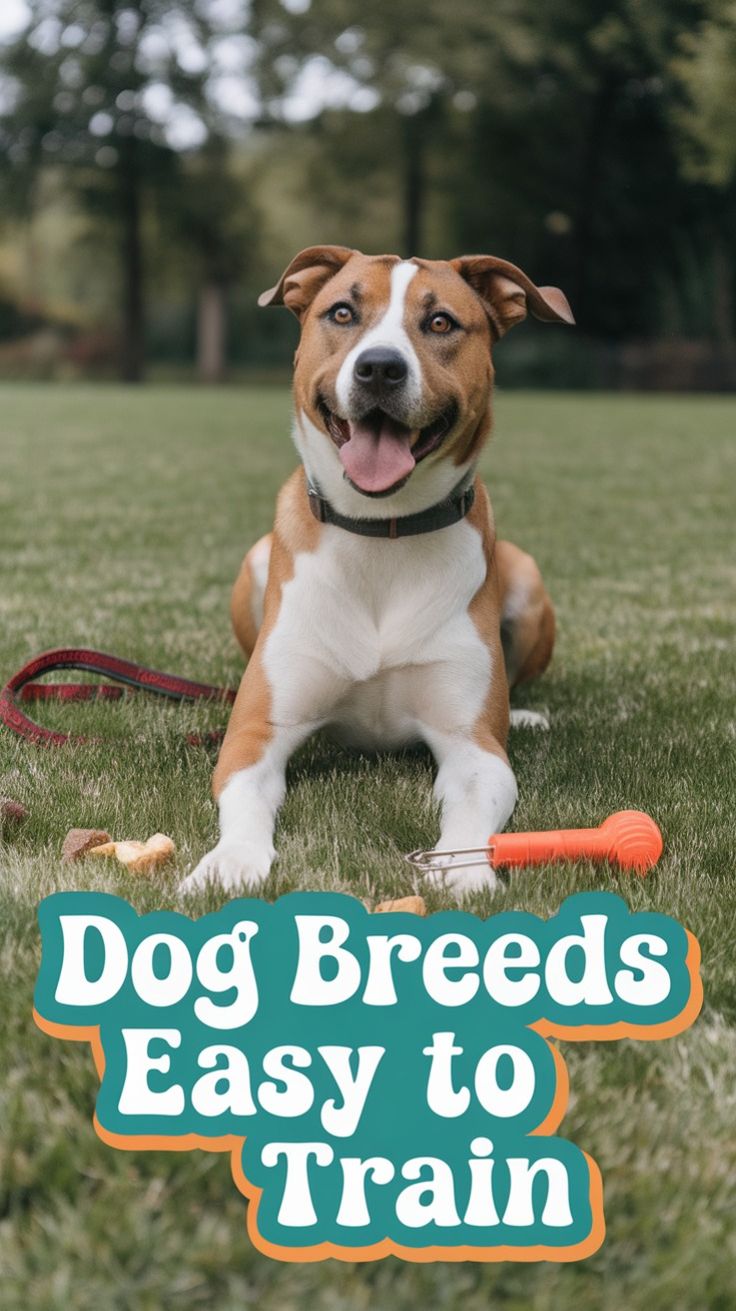
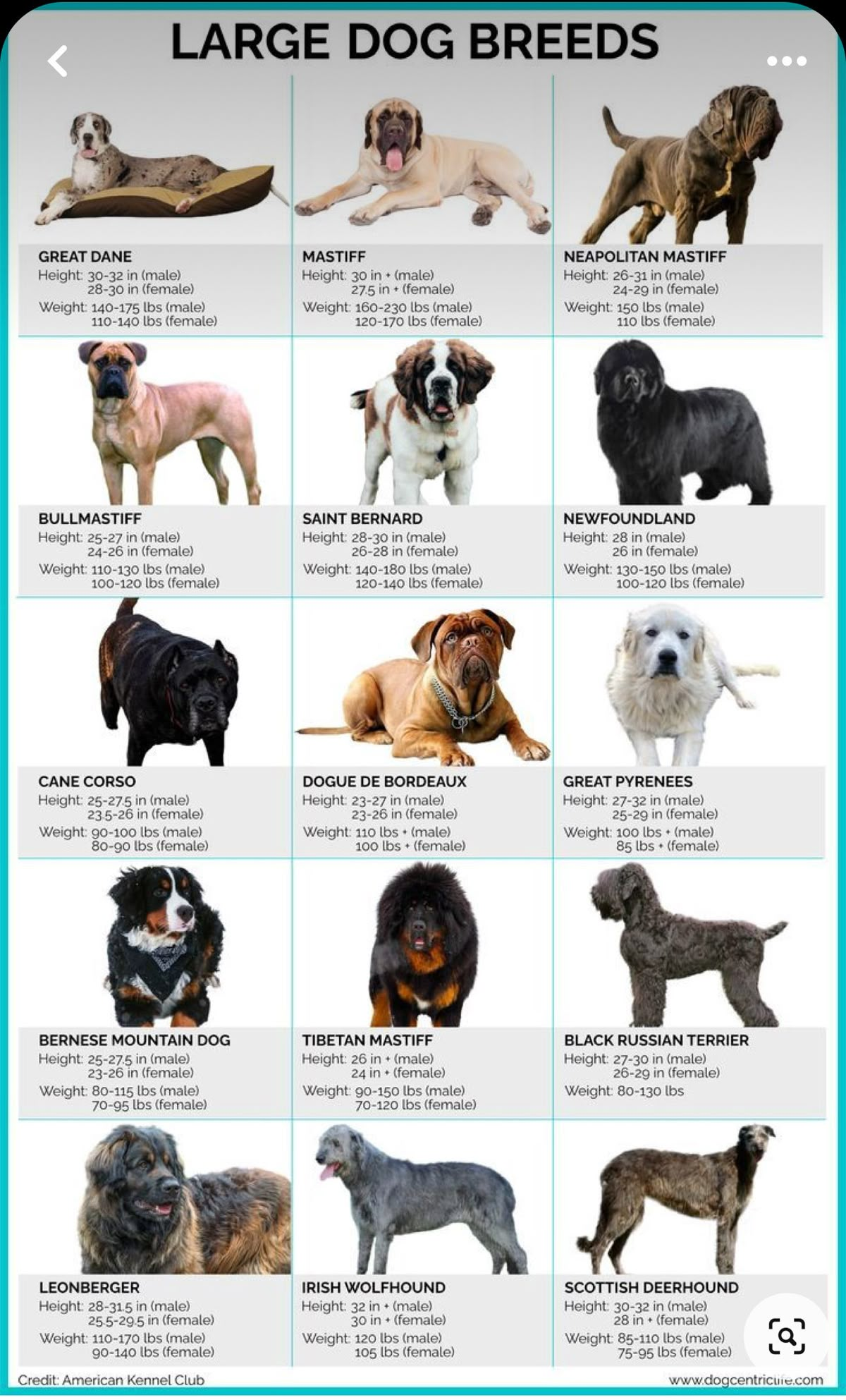

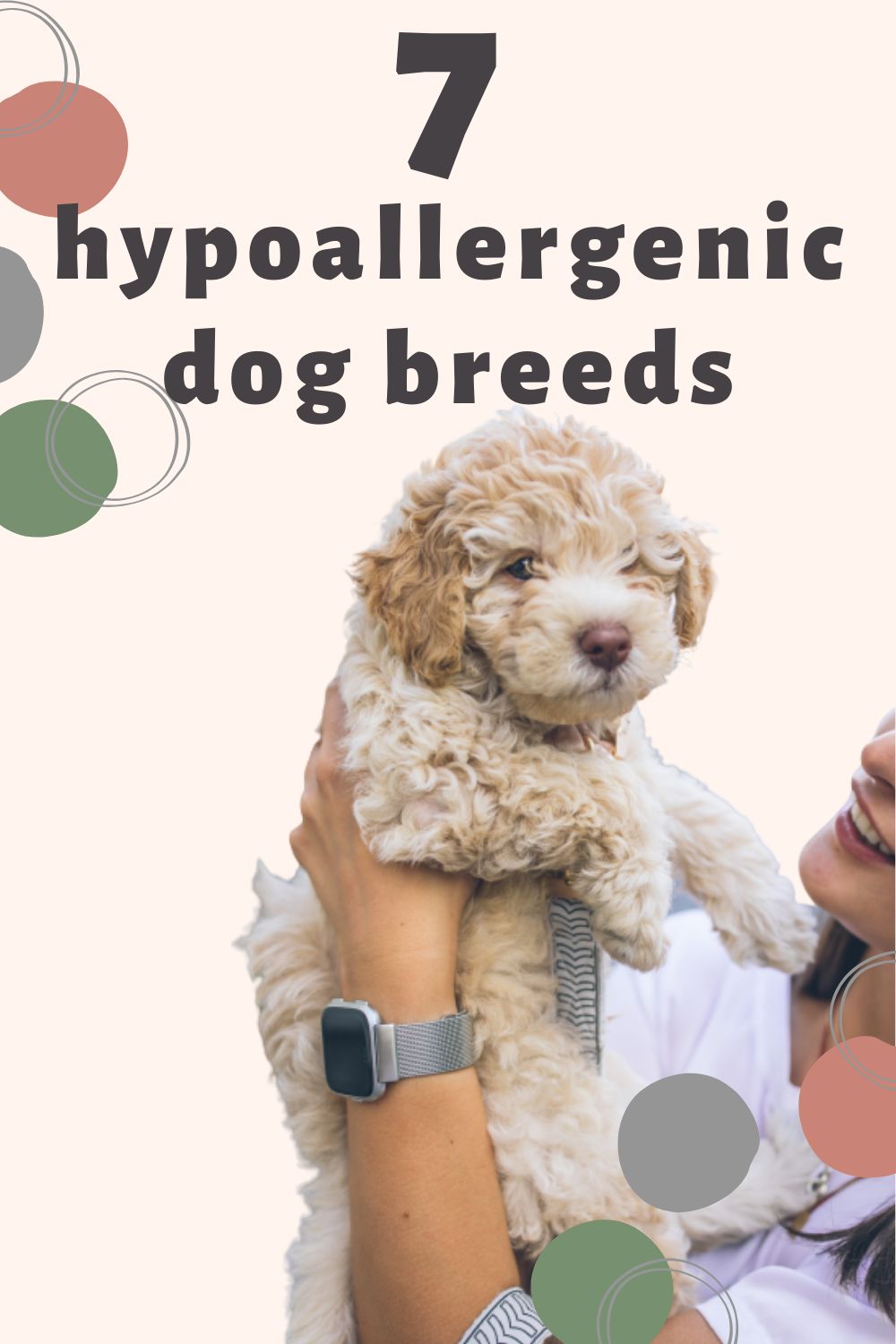
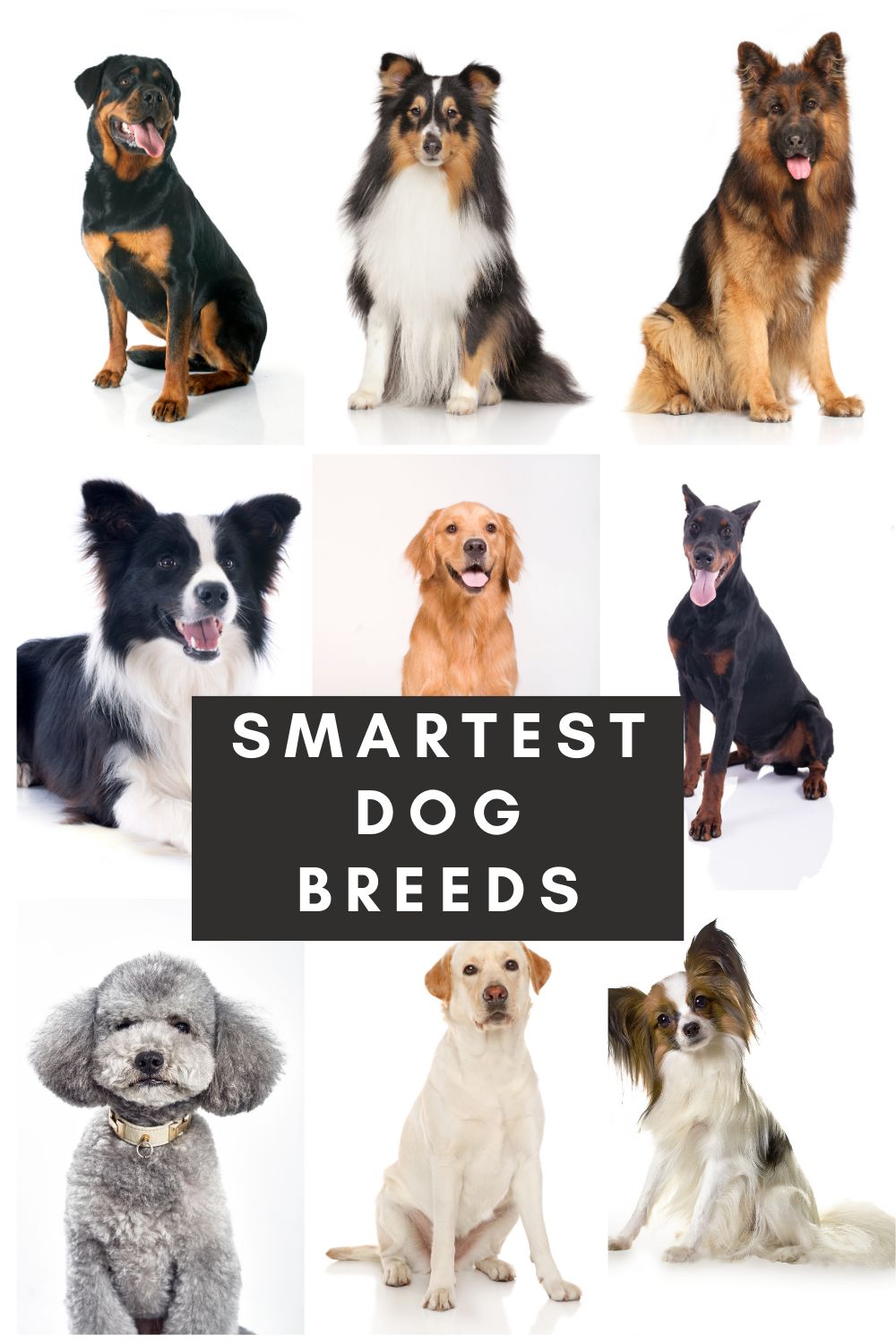
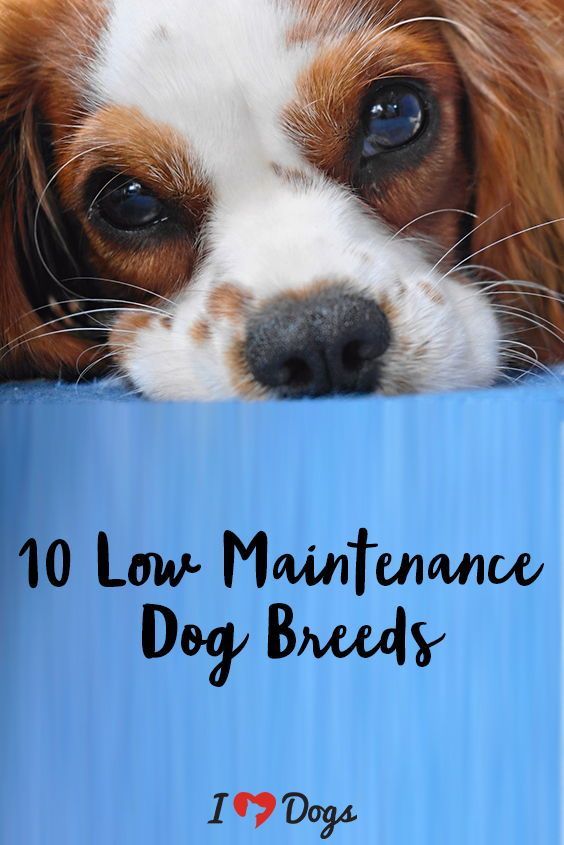
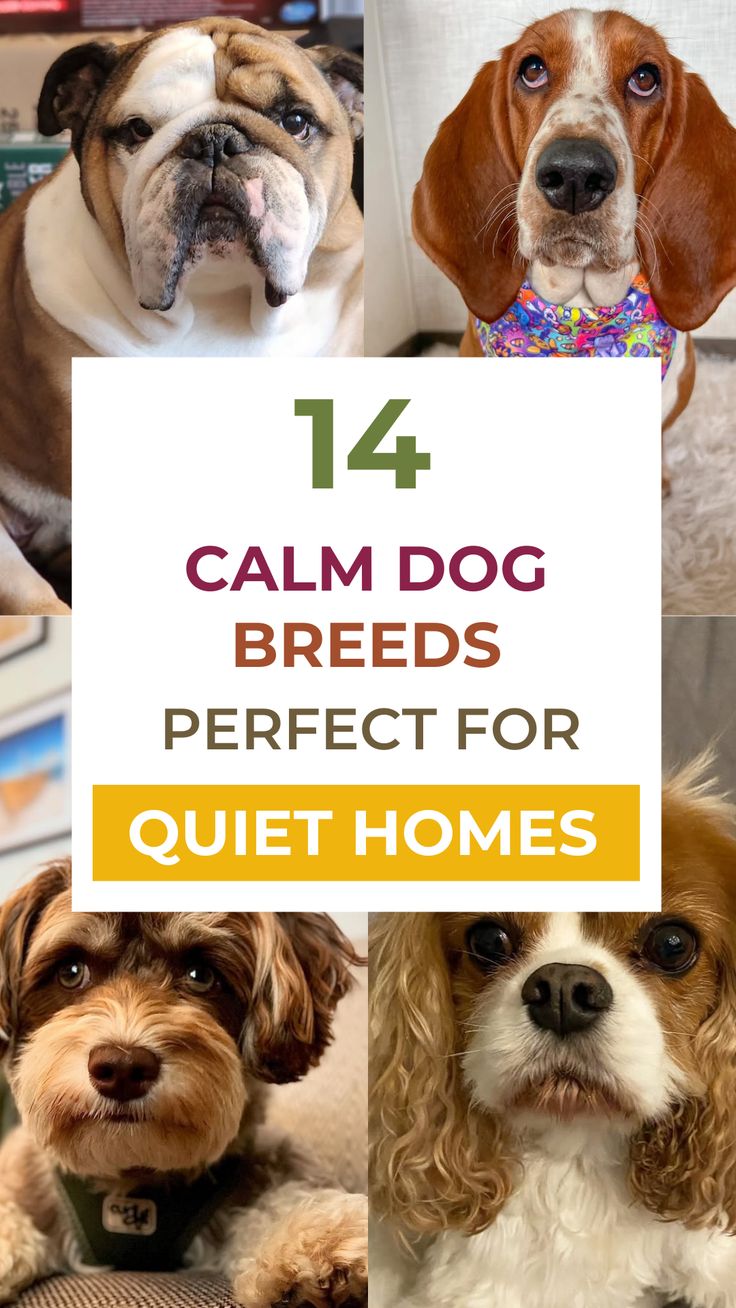

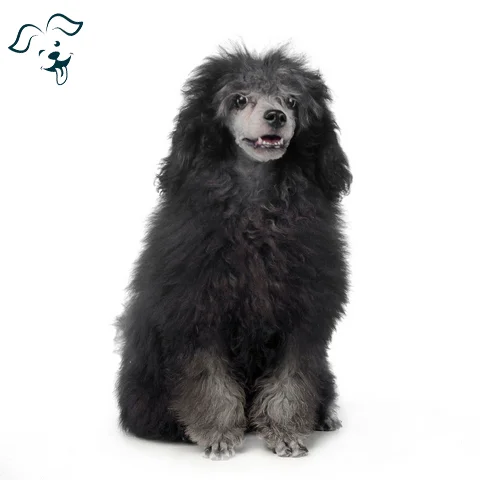
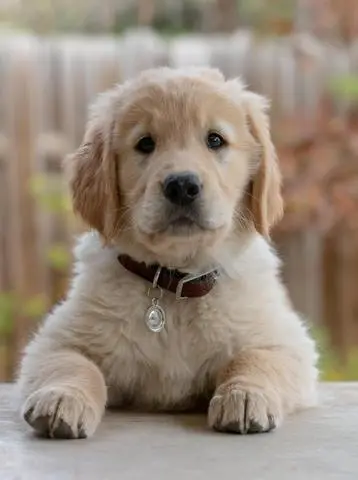
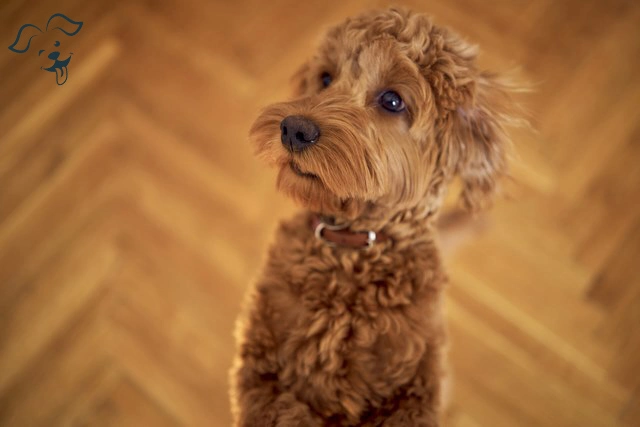
FRIENDLINESS
LIVELINESS
VIGILANCE INTENSITY
ADAPTATION CAPACITY